The Current International Flight Experience: Europe to USA
I was practically born in the air. My mom worked for Northwest Airlines and within weeks of my birth, I was on my first flight to visit grandparents.
This week, I took my first flight in over a year -- by far the longest period in my life I’ve gone without flying. What would it be like to fly over the ocean and cross international borders for the first time since early in the Covid pandemic? Based on what I had read in the news, I was expecting hurdles at every step. But in the end, I was pleasantly surprised by the whole experience.
I flew from Munich, Germany to Minneapolis, via Amsterdam. Given the high rate of delays for domestic flights in the US, I try to fly direct from Europe to the US. Due to strict European flight regulations, delays on flights within Europe are much less common than in the US.
This meant flying through Amsterdam on KLM then on to Minneapolis on Delta.
In the week prior to the flight, Delta sent really helpful updates about the new international travel requirements to help prepare for the flight: negative Covid test, masks on planes and forms for entry to the US.
The US requires a negative Covid test within 72 hours of departure. Early in the pandemic, these had to be expensive PCR tests, typically running around $150 and taking around 24 hours to receive results. Recently, however, the US also accepts antigen tests, which tend to be faster (results within an hour) and much less expensive, or even free. As fast, free antigen tests are available at most European pharmacies and airports, I opted for the antigen test. I received my results digitally within 15 minutes.
In Germany, FFP2 masks are required in public transportation, stores and when being seated in restaurants. The FFP2 masks cost about $1 for a five-pack and are available at most grocery stores and pharmacies. I picked up a few fresh masks, along with hand sanitizer, for the flight.
At check-in for my flight, the KLM desk looked briefly at my negative Covid test and vaccine certificate, along with my passport, then I was able to go normally through security.
At the gate in Amsterdam, airline staff passed out paper copies of the Passenger Disclosure and Attestation form required for entry into the US. They collected signed copies at boarding.
The flight itself was uneventful, except that masks were required throughout, except while eating or drinking. 9 hours later, we landed in Minneapolis. The flight seemed like it was mostly full with Americans returning from their first trip abroad in a year and the people I talked to were happy to be able travel again.
The customs process was the same as it’s always been, with long lines and beagles sniffing for bananas. I learned the hard way a long time ago to eat all the fruit I bring with me on the plane before disembarking. I was surprised the border control agent didn’t even ask to see proof of a negative Covid test. Instead, it was a CDC agent who approached me to check the digital test result I had saved on my phone.
Life back in Minneapolis feels very similar to Europe at the moment. It’s a relief to see how far the world has come since the pandemic cancelled the Minneapolis World Cup in March 2020.
I’ll share another update of the experience flying from the US to Europe when I fly back to Munich in a couple of weeks. Given the abundant opportunities for vaccination and testing in the US and Europe, I’m optimistic that travel between the two continents will be open for this winter as well. We still have space available on several trips this winter, including the Seefeld & Engadin Trip. Let me know if you’d like to join!
See you on the trail soon!
Garrott Kuzzy
info@lumiexperiences.com

